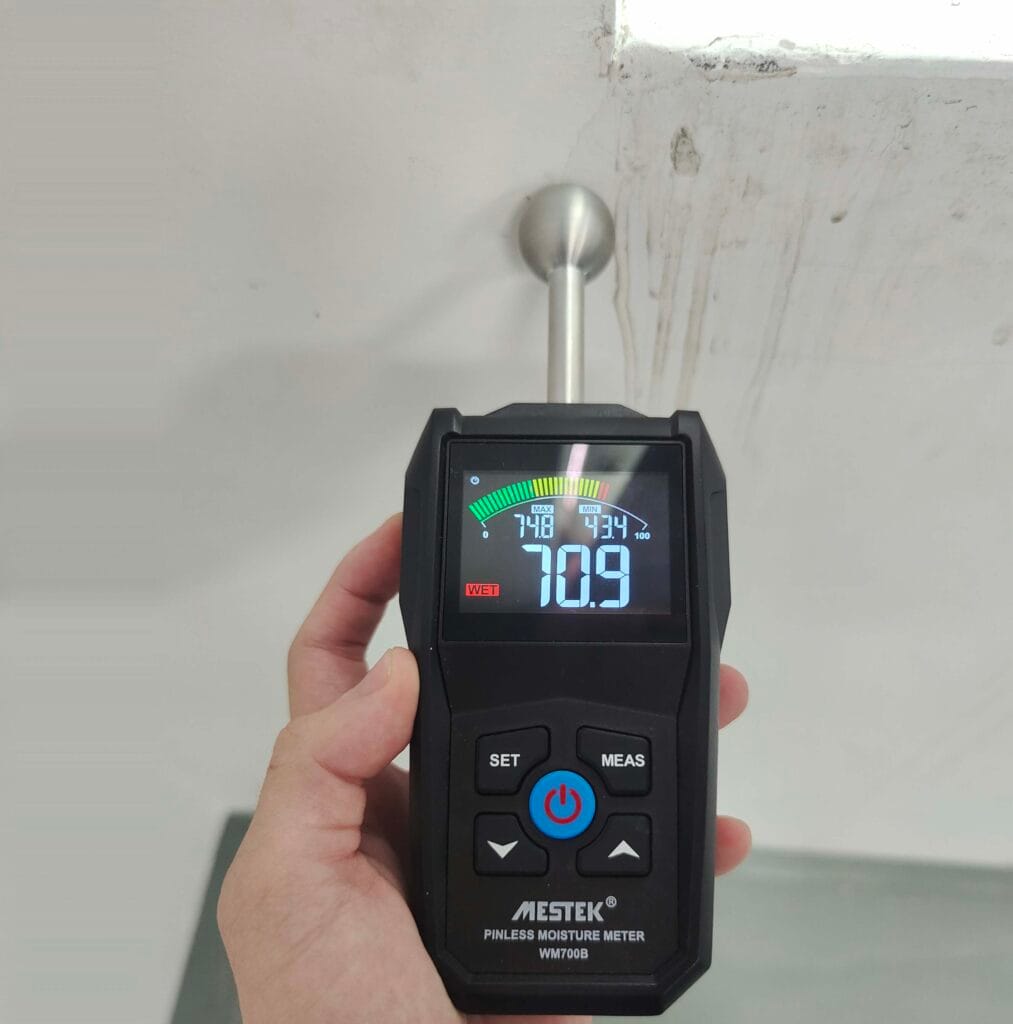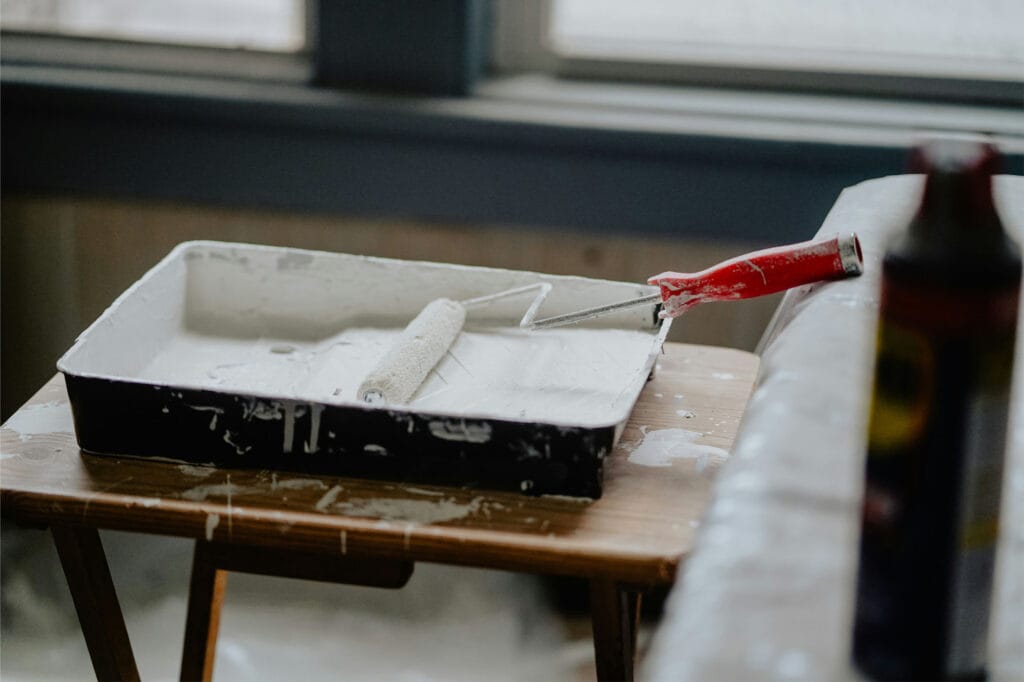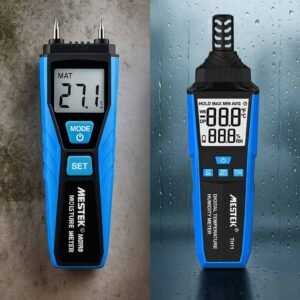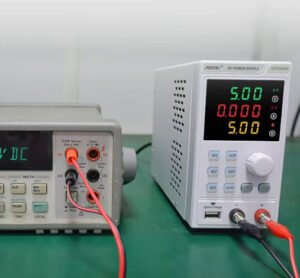Water intrusion is one of the most underestimated threats to homes and buildings. According to the Environmental Protection Agency (EPA), mold begins growing within 24-48 hours of moisture exposure. This not only weakens structures but also creates health risks like allergies and respiratory issues.
Undetected moisture can result in expensive repairs, making early detection essential. Moisture meters, particularly pinless models, are essential for detecting hidden moisture and preventing costly damage. This article explores how moisture meters help detect, repair, and prevent water intrusion before minor issues turn into big disasters.
What is Water Intrusion?

Water intrusion occurs when unwanted water enters a building or structure through the building envelope—the barrier separating the interior from the external environment. This often indicates a bigger problem with the building’s structure and should be fixed quickly to avoid serious damage.
Unlike obvious leaks that are easy to notice, water intrusion is slow and silent. The water takes various pathways once inside, traveling through porous building materials where capillary action can even work against gravity, as seen in gypsum boards. This slow progression means damage might not be detected until problems become big.
Common Pathways for Water Intrusion:
- Windows: Poor sealing or old windows can let water in, especially during rain. Warning signs include condensation between panes, stains on walls or puddles near windows.
- Roofs: Leaks often happen because of damaged shingles, weather wear or gaps around chimneys and vents.
- Foundations: Cracks allow water to enter, especially during heavy rain or high groundwater. Poor drainage makes it worse.
- Ceilings: Stains, sagging or soft spots mean leaks from the roof, pipes or condensation above.
- Walls: Water can enter through damaged siding, cracks or where pipes and cables pass through.
- Gutters: If clogged, they overflow and send water down walls which can seep inside.
Early detection is key. Look for brown stains, peeling paint, wall cracks or white powder (efflorescence) on bricks. If ignored, water intrusion can cause structural damage, mold growth and costly repairs.
Harmful Effects of Water Intrusion
If water intrusion isn’t noticed and fixed early, it can cause serious damage to your home and even harm your health. Here are five major problems it can lead to:
Stains and Discoloration
One of the first signs of water intrusion is visible stains on walls or ceilings. These spots are often brown or yellow and show that the materials have absorbed water. On brick or concrete, you might see a white, powdery substance called efflorescence, which happens when water leaves behind minerals. These marks can mean there’s bigger hidden damage inside the structure.
Warped Wood
Wood reacts strongly to moisture. When it stays wet for too long, boards and supports start to bend or twist. They can feel soft or spongy when you press on them, showing they’re weak. Warped wood loses strength and, if ignored, can even cause parts of the building to fail.
Mold Growth
Moisture creates the perfect environment for mold, which can start growing within 1–2 days. Mold looks like black, green, brown, or white patches that may feel fuzzy or slimy. It’s not just ugly—it releases spores that can cause allergies and breathing problems. A strong musty smell often means mold is present, even if you can’t see it.
Caulk or Paint Failure
Good caulking seals out water and helps prevent energy loss. When water gets in, it can break down the adhesive or cause caulk to tear. Paint can also blister, peel, or bubble as water pushes it away from the surface. Once this happens, more areas are exposed to moisture, making the problem worse.
Water Pooling Around the House
When water builds up near your home’s foundation, it can cause big problems. The extra moisture raises indoor humidity, which helps mold grow. Over time, it can weaken concrete, damage waterproofing, and hurt your home’s structure. If you see puddles or water stains, it’s a sign of poor drainage and needs fixing right away.
How to Deal with Water Intrusion?

Water intrusion in a home is serious and the response depends on its severity. Immediate action is crucial as experts say to address water damage within 24-48 hours to prevent mold growth and structural deterioration.
Understanding the Extent of Water Intrusion
Severe water intrusion can render homes uninhabitable, create structural hazards and necessitate immediate evacuation. Standing water, especially near electrical systems, poses serious risks of short circuits or fires. Sewer backups introduce hazardous pathogens and need immediate professional remediation.
Common water intrusion incidents, though less severe, still need timely intervention. Persistent exposure to moisture can cause significant damage to hardwood flooring and ceilings, manifesting through:
- Crowning: Centers of the boards rise.
- Cupping: Edges of boards lift.
- Buckling: Boards detach from the subfloor.
These conditions need prompt assessment and repair to avoid long term structural issues and mold exposure which can trigger allergies and chronic respiratory problems.
Minor water intrusion, if left unchecked, can escalate. Regular monitoring and preemptive repairs are key to preventing gradual damage.
1) Repairing Leaks
Upon detecting water intrusion, stop the water flow first. The initial steps are to inspect the damaged areas for severity and structural stability. Professional restoration specialists use advanced equipment like acoustic leak detection devices, thermal imaging cameras and video pipe inspections to locate hidden leaks.
For minor leaks, an immediate temporary solution is to tighten loose fittings, apply plumber’s tape around threaded joints or use silicone repair tape on small pinhole leaks. But for a lasting solution, professional plumbing repair or replacement is recommended.
2) Refilling Sealant or Caulk
Caulk and sealants create a moisture barrier around vulnerable points like windows, doors and plumbing penetrations. Start by cleaning the affected areas and removing the old caulk with a putty knife or screwdriver. Use a caulking gun held at 45 degree angle, apply sealant in one smooth continuous stream for even penetration and effective sealing.
Apply caulk in dry conditions with ambient temperature above 45°F. Use commercial grade sealants with 25-50% joint movement capability to ensure flexibility and durability against shifting structures and environmental conditions.
3) Adding a Moisture Barrier
Moisture barriers protect structures by preventing water infiltration, thus protecting building integrity and thermal comfort. Proper installation of a moisture barrier beneath flooring or behind drywall can stop water penetration and prevent mold growth.
After installation, use a pinless moisture meter or hygrometer to monitor humidity levels regularly. These devices measure critical factors like grains per pound (GPP), dew point and ambient temperature to verify that the moisture remediation strategy is working. Ideal indoor humidity should be below 60% to reduce risk of mold and structural degradation.
How to Prevent Water Intrusion? Explain why

Water intrusion can cause severe structural damage, promote mold growth and compromise indoor air quality. Preventing it is not just about avoiding costly repairs – it’s about ensuring the health and safety of your living environment.
Moisture seeping into walls, floors or foundations can lead to long term deterioration if left unchecked. That’s why proactive measures are key. By identifying and addressing potential problems early, homeowners can avoid big expenses while maintaining structural integrity.
Annual Inspection
Regular inspection is the first line of defense against water intrusion. Schedule a yearly maintenance check to inspect:
- Roof – Look for damaged or missing shingles.
- Plumbing – Check for leaks in pipes and fixtures.
- Windows and Doors – Ensure proper sealing and caulking.
- Foundations – Check for cracks that may allow water entry.
Professional inspection usually includes both exterior and interior checks. Outside, they look for poor grading, non functioning gutters and cracks. Inside, they check for moisture or dampness that could mean hidden issues.
Moisture Barrier
If you’re planning renovations, consider moisture barriers early in the design process. These are materials like sheets, coatings or membranes that block water and moisture from passing through walls, floors or ceilings.
Moisture barriers are essential because they protect against mold growth and water damage and maintain energy efficiency by keeping insulation dry. It reduces the risk of structural weakening due to moisture exposure. Choose the right type of barrier depending on your climate and construction style, and always follow local building codes.
Checking with a Moisture Meter

Moisture meters are valuable tools to detect hidden water intrusion before visible damage appears. The MESTEK WM700B Pinless Moisture Meter offers several advantages for homeowners. This pinless device uses high frequency waves from its spherical probe to measure moisture non destructively at 20-40mm depth.
Notably, its design allows for easy detection of near-surface moisture in walls, floors, and ceilings without damaging materials. The meter has a color display showing moisture levels from 0-100 with customizable alarm thresholds for dry, risk or wet conditions.
It also records min and max values for long term monitoring. Lightweight, easy to operate and powered by 3 AAA batteries the WM700B is a must have for contractors, homeowners and inspectors to spot early signs of water intrusion and prevent costly repairs.
Caution: When Preventing Water Intrusion
When taking preventive measures remember:
- Climate Matters: In cold climate use less permeable barriers inside; in hot, humid climate use more permeable ones outside.
- Follow Building Codes: Always check local codes before installing barriers.
- Seal Properly: Gaps at seams, edges or penetrations can make barriers useless.
- Accurate Readings: Extreme temperatures and humidity can affect moisture meter readings. Therefore, use the meter under normal conditions for accuracy.
FAQs
1. Can a moisture meter detect mold?
Not directly. However high moisture levels (above 20%) creates conditions where mold thrives. Detecting this early helps prevent mold outbreaks.
2. How often should I check for moisture?
Twice a year is ideal especially after seasonal changes or major weather events.
3. Are pinless meters accurate?
Yes—modern pinless meters like the WM700B provide accurate readings for most building materials without surface damage.
4. Can moisture meters work on tile or metal surfaces?
They may provide limited readings on non porous surfaces. Use them on adjacent drywall or wood for accurate results.
Conclusion
Water intrusion is one of the most common and costly problems for homeowners but it doesn’t have to be. Early detection is key to prevention, and moisture meters are the simplest way to do that. Pinless models like the MESTEK WM700B give you fast and non-invasive insights into hidden moisture problems so you can detect leaks before damage occurs. Whether you’re dealing with post flood recovery or routine maintenance a moisture meter lets you take informed and timely action.
Ready to Protect Your Home? Don’t wait for water damage to cost you thousands. Buy the MESTEK WM700B Pinless Moisture Meter today and take control of your home’s safety.





